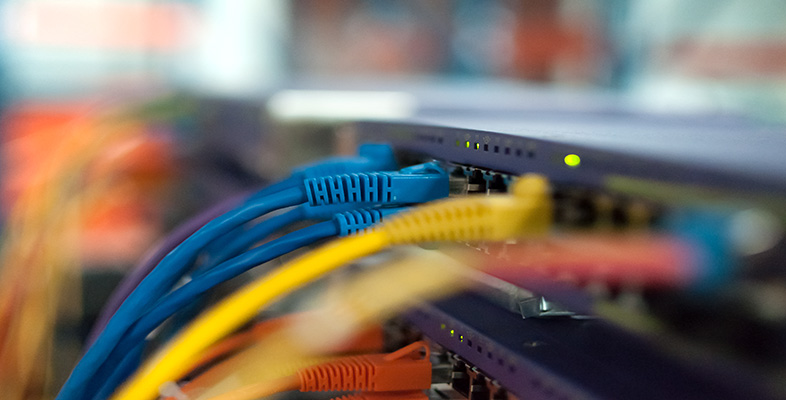3.2 Wired networks – principles of operation
Each node in a network needs processes to control the flow of data over the network. These processes are carried out by a network interface card (NIC), which provides the interface between the node and the communication link. The NIC enables the physical connection to be made to the network.
Each node also needs a way of distinguishing it from all the other nodes on the network. This can be thought of as an address that other nodes use when they want to send data to a particular destination. Each node is assigned an identity number known as its Media Access Control (MAC) address.
Messages between nodes are not sent in one continuous stream but are broken up into small chunks called frames which are sent one at a time. Each frame includes some information which enables it to be routed through the network and delivered to the intended destination. All frames include the MAC address of both the destination node and the sending node. In some networks, frames are not routed specifically to the destination node but are sent to every node on the network. Each node reads the destination address and picks out those frames where the destination address matches its own.
As you learned in Section 2, the signals representing data get weaker the further they travel. This is one of the factors that could limit the maximum length of a communication link in a LAN. This limitation is overcome by the use of repeaters. A repeater increases the practical distance between nodes by regenerating the signal and passing it on.
